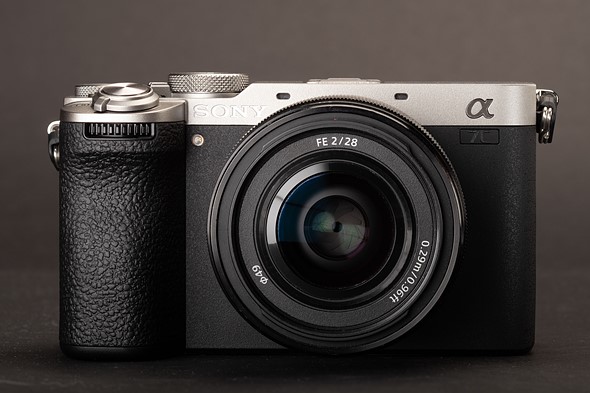 |
| Product photos by Richard Butler |
The Sony a7C II is the brand's second-generation compact rangefinder-style full-frame camera. Similar in design to Its predecessor, the a7C II uses the same fantastic 33MP BSI sensor from the larger Sony a7 IV and boasts impressive still, video and autofocus capabilities that should appeal to a wide range of users.
Key Specifications
- 33MP BSI CMOS full-frame sensor
- Bionz XR processor and dedicated 'AI Processing Engine'
- AF tracking with subject recognition, 759 AF points with 94% coverage
- Up to 10 fps shooting with AF
- In-body stabilization rated up to 7EV
- 2.36M dot OLED viewfinder with 0.7x magnification
- Full-width oversampled UHD 4K/30p from 7K
- 4K/60p (from 4.6K capture) in Super35 / APS-C mode
- 10-bit video or HEIF stills capture
- S-Cinetone color mode
- No mechanical first curtain shutter
The Sony a7C II is priced at $2199 for the body only. A kit with the FE 28-60mm F4-5.6 lens will set you back $2499. The GP-X2 grip extension has an MSRP of $159.
Buy now:
Index:
- What is it, what's new?
- How it compares
- Body and controls
- Autofocus
- Image quality
- Video
- Conclusion
- Sample gallery
- Specifications
What is it, what's new?
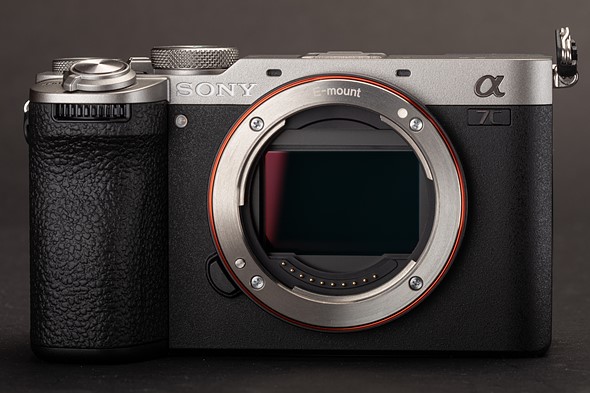 |
| The a7C II crams a lot of impressive specs into a reasonably compact full-frame body. |
The Sony a7C II receives quite a few upgrades over its predecessor, including a new, higher-resolution sensor, updated processors, a higher magnification viewfinder, AI-enhanced autofocus, front and rear control dials, and oversampled 4K/60p video. This does come with a higher sticker price, though.
New sensor & processors
Sporting the same 33MP BSI CMOS sensor and Bionz XR processor as 2021's Sony a7 IV, the a7C II also benefits from an additional 'AI' processing unit to assist with subject recognition and features such as Auto Framing. This secondary processor, dedicated to handling machine-learning-derived algorithms, first appeared in the a7R V (the a7 IV doesn't have one).
The additional processing power should give the a7C II an autofocus advantage over both its predecessor and the a7 IV, especially when it comes to face and eye detection and subject-specific tracking modes. The newer processor setup also brings the other features Sony has recently added, such as focus bracketing, in-camera timelapse creation, and a host of video improvements.
The updated 33MP sensor, on the other hand, isn't going to provide any sort of significant image quality advantage over the 24MP chip found in the original a7C. You may see a little more detail in low ISO shots, but it comes at the cost of some dynamic range and detail in high ISO ones. In return, it means slightly more rolling shutter in video. Still, our impressions of image quality performance are very positive.
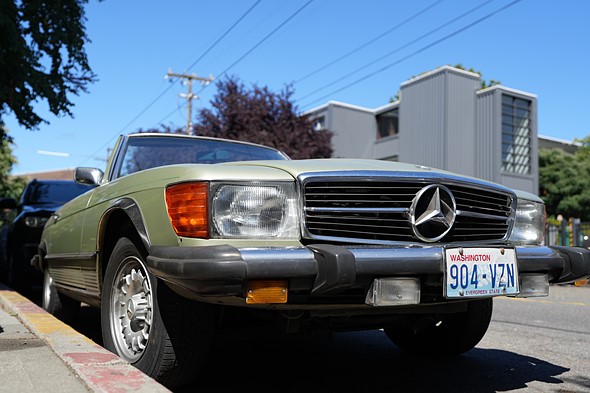 |
|
Out of camera JPEG. Sony 16-35mm f/2.8 GM II | ISO 100 | 1/1250 sec | f/2.8 | 35mm |
Front control dial & EVF improvements
Our number one design gripe with the original a7C was the lack of a front control dial. Our feeling was that for $1800, you should be able to adjust exposure settings with your thumb and index finger at the same time. And we still feel this way, which is why we are pleased to see that Sony took our feedback (and yours) to heart. Sometimes, it's the smallest things that make the biggest impact.
As a result of this new dial, the camera handles considerably better.
Another upgrade that improves usability is Sony's move from a 0.59x magnification electronic viewfinder to one that is 0.7x. The a7C II still uses a 2.36M dot panel, though, which is a bit underwhelming. With such thin margins differentiating various models in today's market, a 3.69M dot panel would've made this camera stand out more from the pack.
Oversampled 4K/60p & other video improvements
On the internal video front, the a7C II is a match with the a7 IV in terms of output and capability. You get oversampled 4K/30p video from a 7K crop, 4K/60p video in Super 35 mode (APS-C crop), and Full HD capture at up to 120 fps. Notably, 4K/30p video is now 10-bit with 4:2:2 color sampling, a major step forward from the previous a7C, allowing more flexible Log and proper HLG HDR video capture.
For those confident in post-production, you also get S-Log3 and Sony's S-Cinetone, plus user-assignable LUTs. These LUTs can either be used to give a corrected preview, embedded alongside the footage for use when editing or burned into the footage directly as you shoot.
Other notable video features and upgrades include focus breathing compensation, improved video AF subject recognition/tracking, and Auto Framing mode. This feature uses AI-trained algorithms to mimic the way a camera operator might punch in on a subject while keeping them both framed and in focus, and is a handy way to get pro-looking shots of yourself without a camera operator behind the lens.
On the external video front, the a7C II can now stream 4K/30p via USB-C using the UVC/UAC protocols (meaning it just acts as a USB webcam: no need for drivers or specialist software).
Updated menus
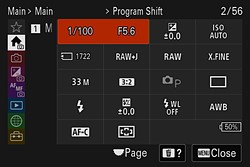 |
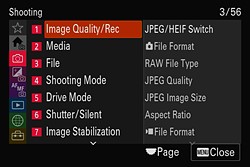 |
| The main menu in stills mode | The shooting tab in the menu. Note the two separate file format options at right. |
The A7C II offers the new and improved version of Sony's menu system. While it's still a very long list of options, not all of them are well-named, the hierarchy is improved, and you can race through items quickly. There are different options for stills and video modes, and both the main and function (shortcut) menus are designed specifically for photo or movie shooting, and everything is customizable. That goes for the camera controls on the whole, as well.
How it compares
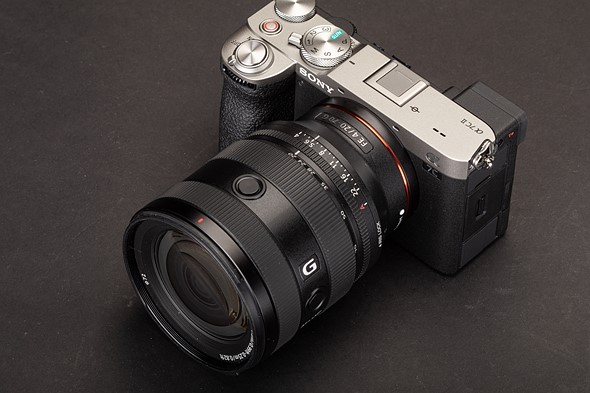 |
| The a7C II has a lot going for it. But competition in the enthusiast full-frame mirrorless market is stiff. |
In a lot of ways, the a7C II overshadows both its predecessor, which should come as no surprise and the Sony a7 IV. In fact, the only notable advantages the a7 IV offers over its smaller, lower-priced cousin are a better EVF and dual card slots.
The Panasonic S5 II is another similarly priced body that gives the a7C II a real run for the money in almost every regard, except size, weight, and battery life.
| Sony a7C II | Sony a7C | Sony a7 IV | Canon R8 | Panasonic S5 II | |
|---|---|---|---|---|---|
| Launch MSRP | $2200 | $1800 | $2500 | $1500 | $2000 |
| Pixel count | 33MP | 24MP | 33MP | 24MP | 24MP |
| Sensor size & type |
BSI CMOS |
BSI CMOS Full-frame |
BSI CMOS Full-frame |
CMOS Full-frame | BSI CMOS Full-frame |
| Max burst w/ AF | 10 fps | 10 fps | 10 fps | 6 fps / 40 fps (e-shutter) | 7 fps / 30 fps (e-shutter) |
| IBIS rating | 7.0EV | 5.0EV | 5.5EV | Lens only | 5.0EV |
| EVF resolution & mag | 2.36M dots 0.70x | 2.36M dots 0.59x | 3.69M dots 0.78x | 2.36M dots 0.7x | 3.68M dot 0.78x |
| Video | 4K/60p (1.5x crop) 10-bit |
4K/30p 8-bit |
4K/60p (1.5x crop) 10-bit |
4K/60p (full width) 10-bit |
6K/30p 4K/60p (1.5x crop) 10-bit |
| Rear screen | 1.03M fully-articulated touchscreen | 0.92M fully- articulated touchscreen | 1.04M fully-articulated touchscreen | 1.62M fully- articulated touchscreen | 1.84M fully- articulated touchscreen |
| Card slots | 1x UHS-II SD | 1x UHS-II SD |
1x CFe Type A / UHS-II SD 1x UHS-II SD |
1x UHS-II SD | 2x UHS-II SD |
|
Battery life |
540 / 510 | 740 / 680 | 580 / 520 | 290 / 150 | 370 /370 |
| Weight | 514 g | 509 g | 659 g | 461 g | 740 g |
| Dimensions | 124 x 71 x 63 mm | 124 x 71 x 59 mm | 131 x 96 x 80 mm | 133 x 86 x 70mm | 134 x 102 x 90mm |
Another camera worth comparing the a7C II to – though pricier (and not in the table above) – is the Canon EOS R6 II, which has a faster burst rate (12 fps mechanical), higher-rated IBIS (8.0EV), full-width 4K/60p, a nicer viewfinder and dual card slots. That said, we expect the a7C II to outperform the Canon in the autofocus and subject tracking department by a decent margin, particularly in video mode.
Body & handling
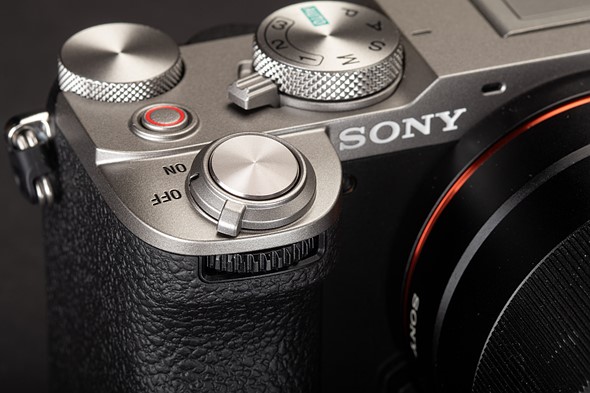 |
| The new front dial is located just below the shutter release for easy access. |
The Sony a7C II looks a lot like an a7C with some minor modifications, the most notable being the inclusion of a front control dial. Size-wise, the a7C II is the same height and width as its predecessor, though it is 4mm (0.16") thicker and 5g (0.2oz) heavier (in other words, almost zero). And while it's certainly not the most inventive or exciting camera in terms of design, it does handle well. Then again, we've always felt that Sony is a little more focused on function than form.
The chassis is built of magnesium alloy, and Sony says the body is constructed in a manner that makes it resistant to both dust and moisture. In hand, the camera sits comfortably with a solid, reassuring feel to it. Also, the new front dial feels well-placed, just below the shutter release.
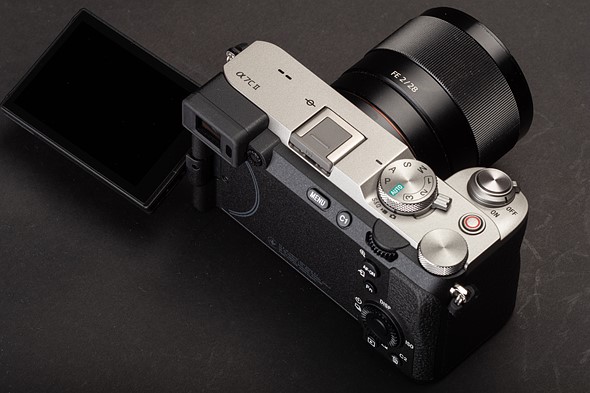 |
| A fully articulated touchscreen allows for selfies and vlogging. |
The rear of the a7C II is also mostly unchanged from its predecessor, though you do get one additional custom function button between the lower rear control dial and the menu button. The rear display, at 1.04M dots, sounds like it's a slightly higher resolution than its predecessor (0.92M), but the difference is that it's a slightly wider screen with 720 x 480 pixel resolution, rather than 640 x 480. In use, the touch interface is very responsive.
The top of the camera also looks pretty similar to the a7C, but there are some small changes. What was once a dedicated exposure compensation dial is now a blank custom dial. Sony also added a three-way selector, similar to the one found on the a7 IV, that allows users to easily jump from stills to video to 'S&Q' (Slow & Quick) mode. You'll find it tucked just below the mode dial around the back.
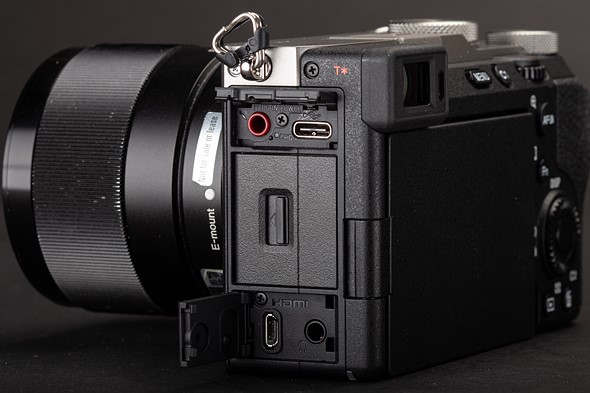 |
| The a7C II can be charged via USB-C. The port also allows for image and video transfer as well as live streaming. |
The EVF sees its magnification increased to 0.70x, but the panel remains a 2.36M dot affair, which some folks may find disappointing, with the individual pixels being visible. There's still no AF joystick, which may dissuade other users (though you can use the rear screen to gain touchpad AF, when the camera is held up to your eye). But those are our two most practical criticisms of the design, alongside what we see as a lack of charm.
Along the non-grip side of the a7C II, you'll find the lone UHS-II SD slot (the closed door in the image above). The hatch above it (opened) hides the microphone and USB-C port, while a lower hatch keeps the micro-HDMI and headphone ports safe. Note that both the headphone and microphone sockets are standard 3.5mm.
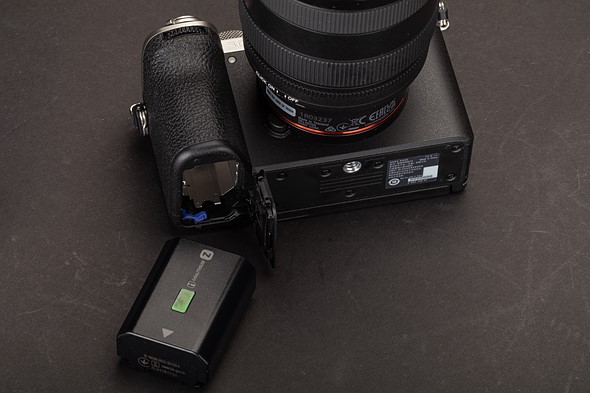 |
| The camera uses Sony's highest-capacity Z-battery; battery life is satisfactory. |
The a7C II uses the Sony's "Z-battery," the NP-FZ100. However, battery life is rated noticeably lower than the a7C – 25% lower when using the viewfinder. This can likely be chalked up to the new secondary AI processor and higher resolution sensor.
According to CIPA standards, you can expect 510 shots per charge when using the rear display and 540 when using the EVF. Of course, those numbers are conservative, and achieving double the rated number is not uncommon depending on how you shoot and how often you review images. A rating north of 500 shots per charge is unlikely to present an inconvenience for multiple days of fairly frequent shooting (though video and Wi-Fi use will chip into this more aggressively).
Autofocus
Anyone who has followed digital photography over the last decade knows that Sony has been at the forefront of autofocus tracking. The a7C II continues that tradition, and it feels like the company has made it a bit easier to get tracking up and running. Just throw the camera into AF-C mode (accessible via the Fn menu), point it at your subject, halfway-press the shutter release, and the camera will ensure that your subject stays in focus however it (or the camera) moves. If you want to choose your own target, switch to the aptly named 'Tracking: Spot' focus area, where you can select your target by point the AF point at your target, tapping on the screen or using the four-way controller.
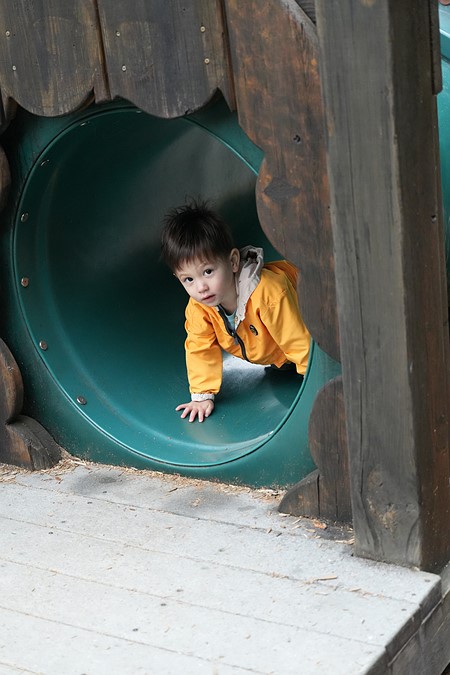 |
|
The A7C II latched onto our subject's eye almost immediately and stuck to it as he crawled around the tunnel. FE 20-70mm F4 G @ 70mm | ISO 6400 | 1/320 sec | F4 |
One feature that really impressed us is the a7C II's subject recognition. Choose from humans, animals, birds, animals and birds, insects, cars/trains, and aircraft. A detected person can look away, turn around, walk, or disappear for a moment; the camera rarely loses them (there's a tracking sensitivity setting in the menu if you want the camera to re-focus on other, nearer faces, rather than sticking to your original subject). If the camera has detected multiple faces, it'll focus on the one nearest your AF point, alternatively you can switch between them with the touchscreen or pressing a custom button and scrolling the control dial, if you have the time to spare.
We found that animal detection works just as well. One of our reviewer's cats decided to start running around, chasing her tail, as cats do. The a7C II had already locked onto her eye and stayed glued to her as she ran around like an uncontrolled missile, laid on her back trying to catch her tail, did a few rolls and then took a break for a bath.
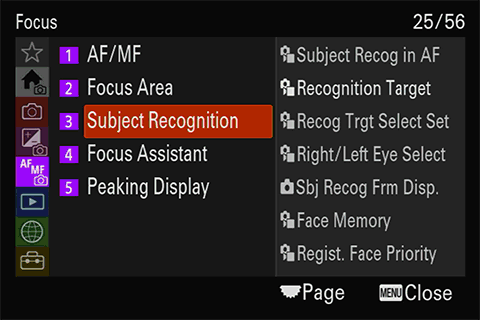 |
| You can drill down to this level of customization for each type of subject (animals and birds, in this case). Pressing the trash can button on the back of the camera gives a (very) brief explanation of what each option does. |
An entire section of this review could be written about the AF options for stills and video (many of which are kept separate from one another), but suffice to say that there are many. They include AF tracking sensitivity (persistence, basically), AF area registration, what eye the camera targets, and much more. You can even select what parts of a subject are recognized, as shown in the screenshot above.
Image quality
Studio scene
Our test scene is designed to simulate a variety of textures, colors, and detail types you'll encounter in the real world. It also has two illumination modes, full even light and low directional light, to see the effect of different lighting conditions.
Note that the Sony a7 IV is serving as a proxy for the a7C II in this test. The two cameras share the same sensor and image processor, and we expect image quality to be nearly identical.
The A7C II captures plenty of detail, though it has a noticeable amount of moiré, so one could infer that it has an anti-aliasing filter, it isn't terribly strong. When compared at the same image height, the a7C II's noise is comparable to its peers (and the a7C) at mid-ISOs. At higher sensitivities the a7C II is just a bit noisier than other cameras in its class, but not significantly so.
JPEG color is appealing. The a7C II's colors are saturated but not too saturated, as is the case with the Canon EOS R8. The camera's sharpening algorithm does a nice job, and moiré is mostly – but not completely – eliminated. At middle sensitivities noise reduction is kept fairly low, leaving plenty of detail intact. The same is true when you cross into five-figure ISOs: there's plenty of detail to work with, and noise is well-controlled.
Electronic shutter
One issue you'll run into in silent mode, or if you manually select to use fully electronic shutter is rolling shutter, the result of the camera ending its exposure by (relatively) slowly reading out its sensor. This causes some nasty distortion when panning the camera or if a fast-moving subject goes by, because the different parts of the photo were taken at slightly different times. Here's an example of panning in a high-speed burst:
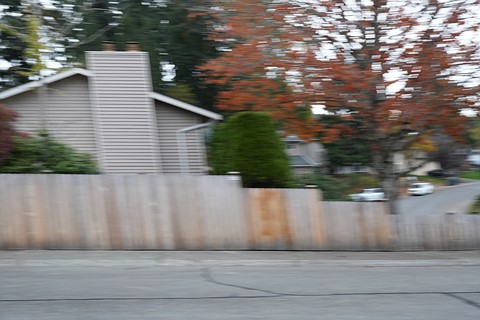 |
|
A panning shot taken with electronic shutter shows rolling shutter in action. Sony FE 28-60mm F4-5.6 | F5.6 | 1/125 sec | ISO 3200 |
You will also encounter this when capturing 4K video, so it's something to consider if you're moving the camera or capturing subjects that move rapidly across the frame. It's much more visible in stills mode, where the sensor is reading out its full 14-bit precision, which takes 67.6ms (around 1/15th of a second). Video is captured from a narrower region of the sensor and in 12-bit readout, so the effect is much less pronounced, but it's more likely that you'll be moving the camera as you shoot.
Electronic first curtain shutter
As with the a7C and Canon's EOS R8, the A7C II lacks a mechanical first curtain shutter, relying instead of an electronic first curtain (EFCS). This means the exposure is started electronically but finished with a mechanical shutter.
In almost all situations, the results are indistinguishable from using mechanical blades to start and end the exposure. The only downside is that if you use a very bright aperture lens and shoot at very high shutter speeds, the blurred 'bokeh' in the background will be less smooth than it should be. Point light sources that should be rendered as attractive circles will have their lower edge cut off. But this only happens in very specific circumstances.
Video
We covered the a7C II's video specs earlier in the review and are going to focus on features and usability here. One thing's for sure: possible rolling shutter aside, 4K quality is excellent.
The a7 IV images were shot with a zoom, so doesn't appear as sharp as the other images within the test scene, but it's clear that there's plenty of detail to be had from the Sony. The same is true for the a7C II, which uses the same sensor and main processor. The 4K/30p and 4K/24p footage is take from the full-width of the sensor and uses all 7008 pixels to deliver its UHD (3840 x 2160) 4K footage. This delivers lots of detail but comes at a cost of rolling shutter: it takes around 27.4ms to read out each frame. This is enough to make sudden camera movements or fast movement across the scene distort in an off-putting way. This isn't a terrible result but it's over 20% worse than the camera's immediate peers and more than 60% slower readout than the best of its rivals.
Video autofocus
The a7C II focuses just as confidently in video as it does for stills. The subject recognition again shines, with both cats and aircraft reliably tracking subjects (even with planes in the background in the second situation). There are numerous AF-related settings, including transition speed, subject shift sensitivity, and many of the same subject recognition options that are available for stills.
Video tools
Video is accessed using a shooting mode switch that sits under the exposure mode dial on the top of the camera. An option in the settings menu lets you decide which settings carry over from stills to video shooting and which don't. This way you can ensure that you don't accidentally shoot jerky video with very high shutter speeds or blurry photos with very low ones, as you jump between modes. It also lets you shoot different color profiles for each mode, as you deem appropriate.
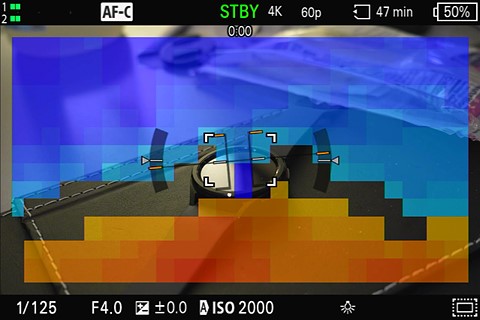 |
| The Focus Map shows the front (reds) and back (blues) focused areas around the watch at the center of the frame. |
There are a lot more settings on the a7C II besides video file format, bit depth, frame rate, and Log profile for capturing more dynamic range to preserve flexibility when editing the color and tone of the final footage. Like the a7 IV, the a7C II can capture Log footage in 10-bit color depth, which encodes more tonal information about the scene, providing much more malleable footage that's less likely so show banding if you make big color or brightness/contrast adjustments.
The camera displays audio recording levels, which are adjustable, and a software wind filter can be turned on manually or automatically. In addition to focus peaking and zebra pattern options, there's a handy 'focus map' that shows the areas around the focus point that are either front or back-focused.
Video stabilization
The a7C II offers regular and "Active" SteadyShot stabilization in video mode, the latter of which adds digital stabilization. While standard mode is just okay, Active mode is very good. It's not quite gimbal quality, but it's a huge improvement. There is a 1.15x crop added when using active mode, so keep that in mind, especially if you're already dealing with the 1.5x crop when shooting 4K/60p footage.
Conclusion
By Jeff Keller
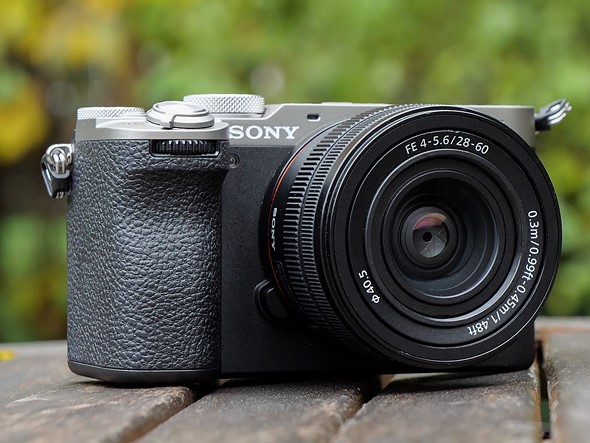 |
| What we like | What we don't |
|---|---|
|
|
Sony has taken the entry-level, full-frame a7C to new heights with the a7C II. Adding a second control dial, a larger EVF, and a higher resolution sensor places it amongst the best cameras in its class. It's expensive for its compared with its peers, but it has a lot to offer.
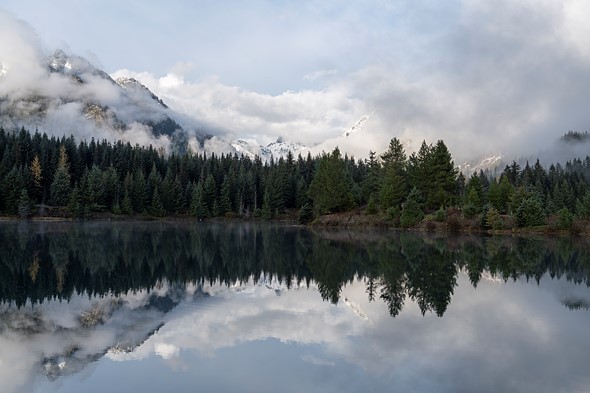 |
|
Converted to taste from Raw FE 28-60mm F4-5.6 @ 40mm | ISO 100 | 1/200 sec | F8 |
Some of the biggest beefs we had with the original a7C was its tiny viewfinder, single control dial, and lack of an AF joystick. The Mark II addresses two out of the three, with no joystick in sight, though it's hard to image where it would go. While the EVF is larger, the resolution feels too low for a camera this expensive.
The a7C II now sports the same 33 Megapixel full-frame BSI CMOS sensor found in the a7 IV. Image quality is excellent, though there's some impossible-to-miss rolling shutter that shows up when you rapidly pan in the camera in bursts or 4K shooting.
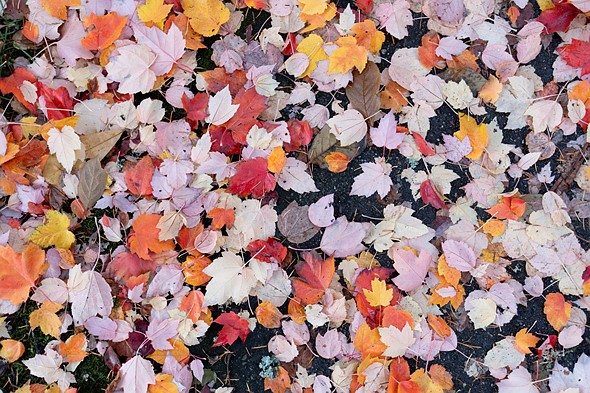 |
|
Converted to taste from Raw FE 28-60mm F4-5.6 @ 48mm | ISO 250 | 1/100 sec | F5.6 |
Sony has long been the leader in autofocus acquisition and tracking, and the a7C II is ridiculously good. Whether it's people, sprinting cats, or airplanes, the focus points stick to the subject like superglue. After tweaking a few settings to get everything set up, that excellent subject tracking becomes point-and-shoot.
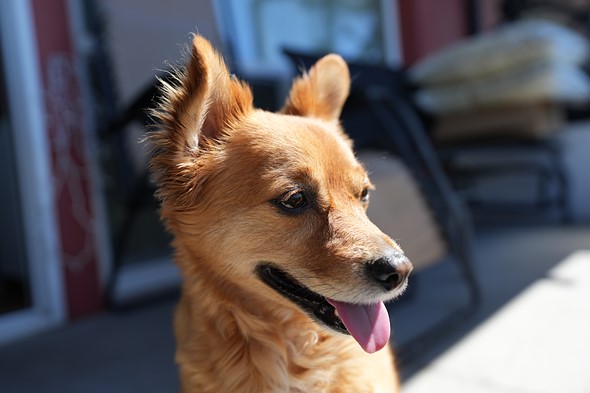 |
|
FE 16-35mm F2.8 GM2 @ 29mm | ISO 160 | 1/1250 sec | F2.8 |
The a7C II is a capable moviemaker, as well. It captures 4K footage using the full width of the sensor (there's no crop at 30p and below), or 4K/60p with a 1.5x crop. Videophiles will appreciate the ability to capture 10-bit 4:2:2 footage using S-Log3 or S-Cinetone. Aside from the risk of rolling shutter, video quality is very impressive.
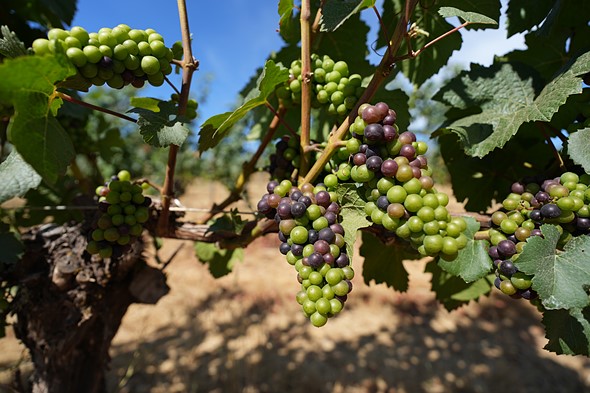 |
|
FE 16-35mm F2.8 GM2 @ 16mm | ISO 100 | 1/2000 sec | F2.8 Photo: Dan Bracaglia |
At $2199 for the body only, the a7C II isn't a huge bargain compared to the likes Canon EOS R8, Nikon Z6 II, and Panasonic S5 II but part of what you're paying for is its compactness. And for that money, you are getting a camera that will remain competitive for years to come. Whether you're already in the Sony ecosystem or just looking for a compact, well-built full-frame camera, the a7C II is well worth your consideration.
Scoring
Scoring is relative only to the other cameras in the same category. Click here to learn about what these numbers mean.
Sony a7C II Category: Mid Range Full Frame Camera |
Build quality Ergonomics & handling Features Metering & focus accuracy Image quality (raw) Image quality (jpeg) Low light / high ISO performance Viewfinder / screen rating Performance Movie / video mode Connectivity Value | PoorExcellent | ||||
Conclusion The full-frame Sony a7C II may be small in size, but it offers a full suite of features for both still and video shooting. Image and video quality are excellent, and its autofocus system is one of the best on the market. The viewfinder resolution is low for a camera in this price range, and rolling shutter can be a real issue when capturing video. | |||||
| |||||
| |||||
Compared to its peers
The EOS R8 is one of two Canons that compete with the a7C II. If you look at the specs, they're pretty similar; their EVFs have the same magnification and resolution, neither have AF joysticks, and each can record oversampled 4K/60p footage (uncropped in the case of the R8). Significantly, the R8 lacks image stabilization and its battery life is worst-in-class, whereas the Sony's is rather good. The Canon falls behind in build quality (it is significantly cheaper, though), and while autofocus tracking is very good, the a7C II's is better. The Canon's ergonomics are rather more comfortable but the Sony wins on lens choice.
The other Canon model is the EOS R6 Mark II, a larger camera with much better build quality. Like the R8, it has a 24MP full-frame sensor and Canon's Dual Pixel AF system, but it also has in-body image stabilization. With a claimed 8 stops of shake reduction, it's a little better than Sony's 7 stops. The R6 II offers uncropped 4K/60p video, super-fast burst shooting, dual card slots, and a larger and higher resolution EVF. Battery life is competitive when shooting with the viewfinder (but not the EVF) but the big difference is that we prefer the Canon's ergonomics.
The Nikon Z6 II is another less expensive option. This 24MP camera offers faster burst speeds and dual card slots, and the viewfinder is considerably larger and more detailed. It has in-body image stabilization, but it's only rated at 5 stops. Like the a7C II, it can capture 4K/60p with a 1.5x crop, with support for Nikon's N-Log format. The Z6 II's autofocus tracking lags significantly behind Sony's, and battery life is about 20% lower than the a7C II. Again, it has the ergonomic edge over the Sony, and not just because of the provision of an AF joystick.
Last but not least is the Panasonic Lumix DC-S5 II, a much larger camera with in-body image stabilization (rated to 6.5 stops) and a 24MP sensor. The S5 II is a little stronger at video; it can capture 4K/60p footage with no overheat limit, which is accomplished with the help of a built-in cooling fan, it also exhibits less rolling shutter. It has a large, high res EVF, dual SD card slots, a handheld high-res shooting mode, and Panasonic's first hybrid AF system, bringing it closer in performance to the Sony.
Buy now:
Sample gallery
Please do not reproduce any of these images on a website or any newsletter/magazine without prior permission (see our copyright page). We make the originals available for private users to download to their own machines for personal examination or printing (in conjunction with this review); we do so in good faith, so please don't abuse it.
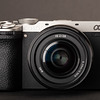
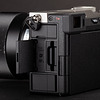
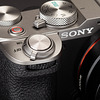
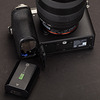
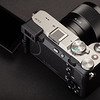
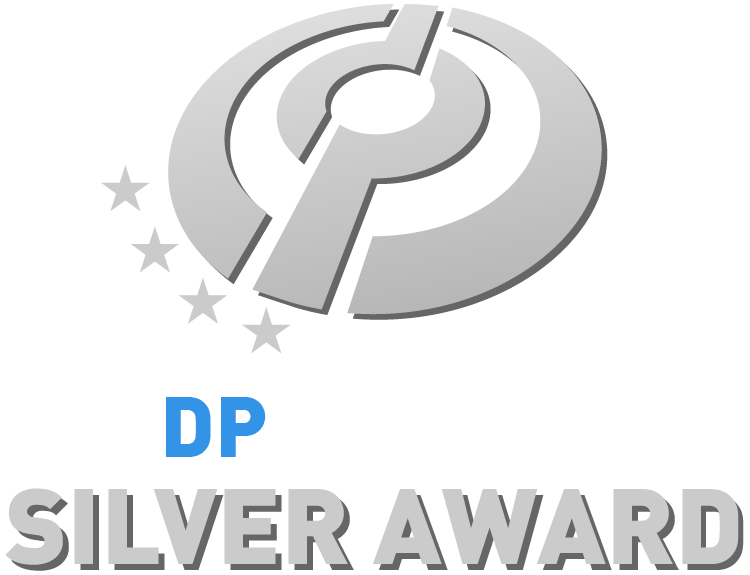
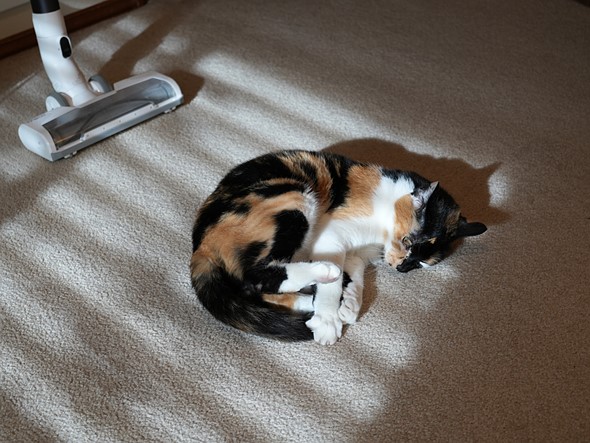



























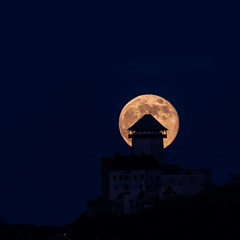
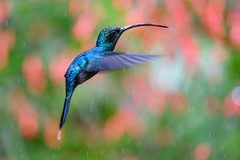
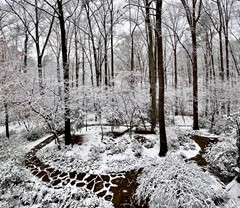
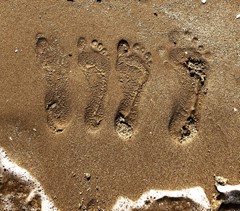
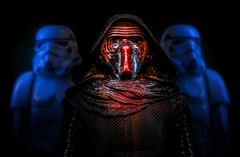
































Comments